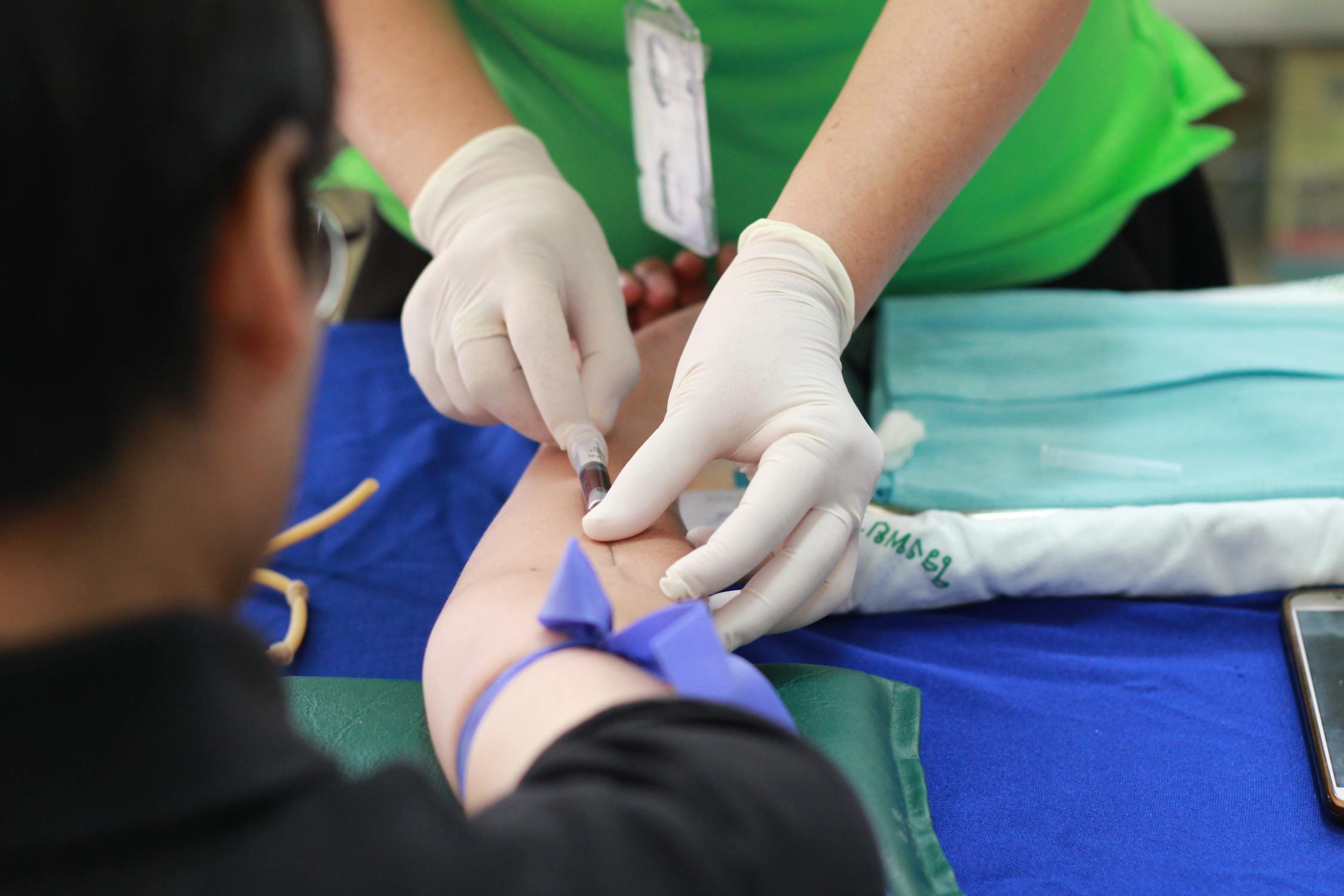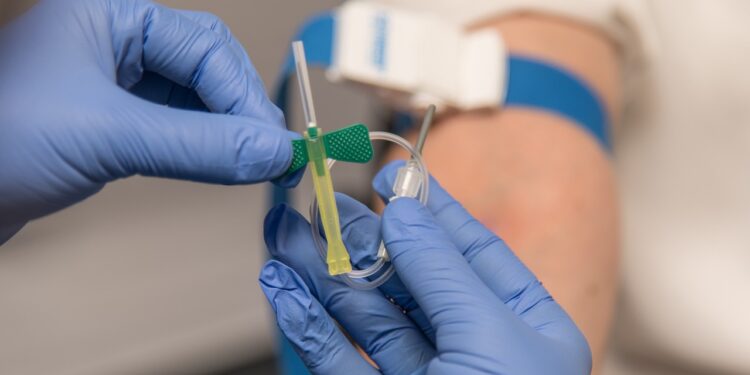As routes that return deoxygenated blood from different parts of the body to the heart, veins are a part of the circulatory system. Veins exchange blood for oxygen with the heart, in contrast to arteries, which carry oxygen-rich blood from the heart to the body.

Basic Anatomy
The veins have valves that act like doors, to keep blood flowing in the right direction. The veins are of three types. Firstly, there are the “deep veins” which are found deep within the muscles. They carry most of the blood back to the heart.
Second is the “superficial veins”, which are the veins, closer to the skin’s surface. They’re also responsible for draining blood from the outer parts of the body.
Lastly, we have the “perforating veins”, which are those kinds of veins that connect deep veins to superficial veins. This connection allows blood to move freely between them.
The Role of Vein Dilation in Blood Circulation
Vein dilation is the process where the veins get wider to let more blood flow through. This happens when your body needs to move more blood around, like during exercising. When veins widen, they help relieve pressure on the heart and keep the blood moving smoothly.
The body controls vein dilation through signals from the nervous system, hormones, or physical changes. These signals make the muscle walls of the veins relax, allowing the veins to widen and carry more blood.
Symptoms
- Swollen veins
- Leg aches
- Heavy feeling in the leg
- Pain
- Swelling in the ankles to feet
- Skin change
- Muscle cramps
Causes of Vein Dilation
Vein dilation can happen for various reasons, which can be split into two categories: physiological causes (normal body responses) and pathological causes (medical conditions or outside factors).
Physiological Causes
Exercise: During an activity like exercising, the body needs more oxygen and nutrients, so veins expand to carry more blood to the muscles and quickly remove waste. This natural dilation of the veins helps improve circulation during physical activity.
Heat Exposure: When the weather is hot, veins widen to bring more blood to the skin’s surface. This helps release excess body heat and Colls the body down.
Hormonal Changes: Hormones such as those during pregnancy or menstruation, can cause the veins to get dilated. But pregnancy in particular, increases blood volume and relaxes vein walls, making veins wider.
Pathological Causes
Varicose Veins: Varicose veins occur when the vein valves don’t work properly as they should, which causes blood to pool in the veins. The veins then stretch and become enlarged, which often appear twisted and swollen.
Deep Vein Thrombosis (DVT): A DVT is a blood clot in a deep vein, usually in the legs. It can prevent blood from flowing normally, which causes the veins to expand as blood backs up behind the clot.
Chronic Venous Insufficiency (CVI): In CVI, the vein walls or valves are weak, which causes blood to pool in the legs. This constant pooling dilates the veins over time, making them swollen.
Medications: There are some medications, such as vasodilators, that are designed to relax blood vessels. This can cause veins to widen as part of their intended effect.
Bottom Line
Veins are important blood vessels in the body that bring used blood back to the heart to get more oxygen. They have special valves to keep blood moving in the right direction. There are three types of veins: deep veins, which carry most of the blood back to the heart; superficial veins, which are closer to the skin; and perforating veins, which connect the deep and superficial veins.
Vein dilation is when veins get wider to allow more blood to flow, which happens naturally during exercise or in hot weather. However, certain health conditions like varicose veins, blood clots (DVT), and weak vein walls can also cause veins to dilate.

















